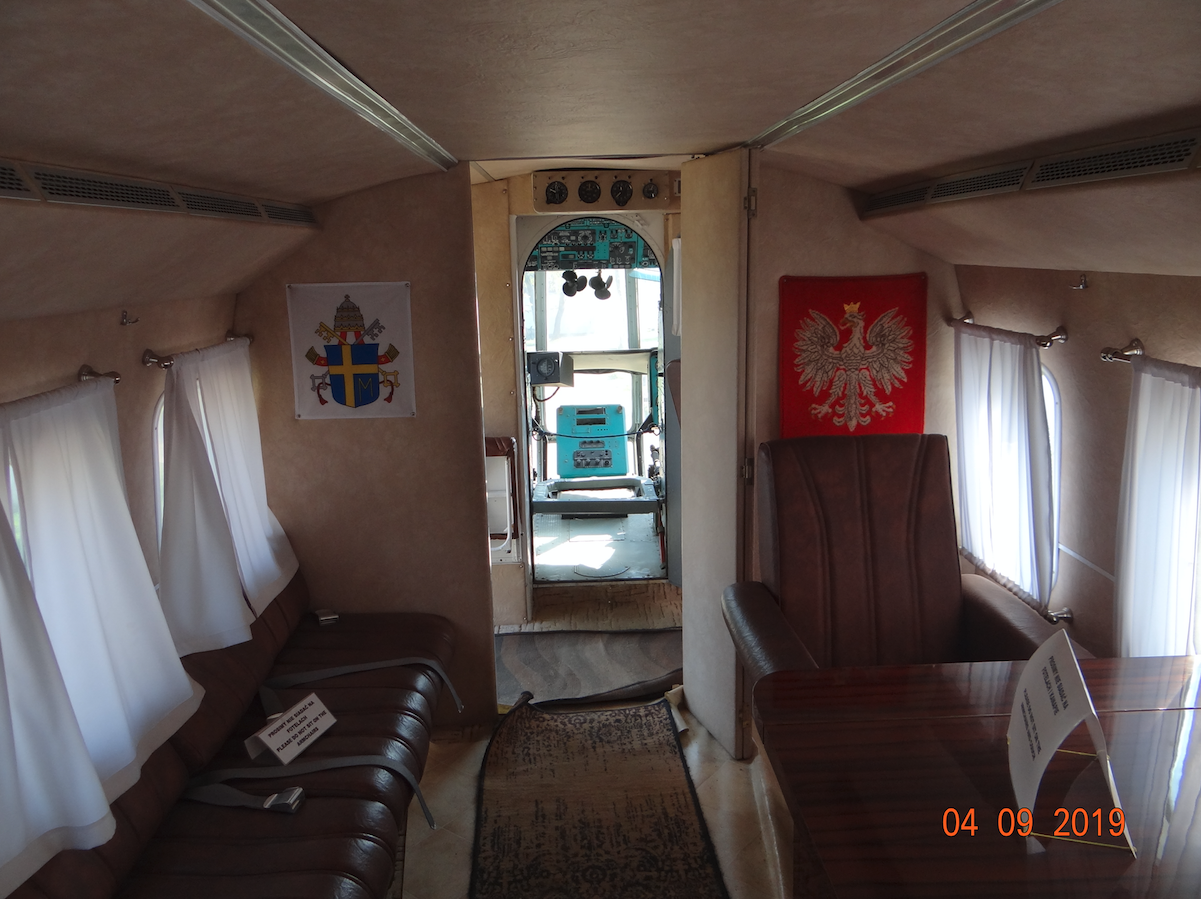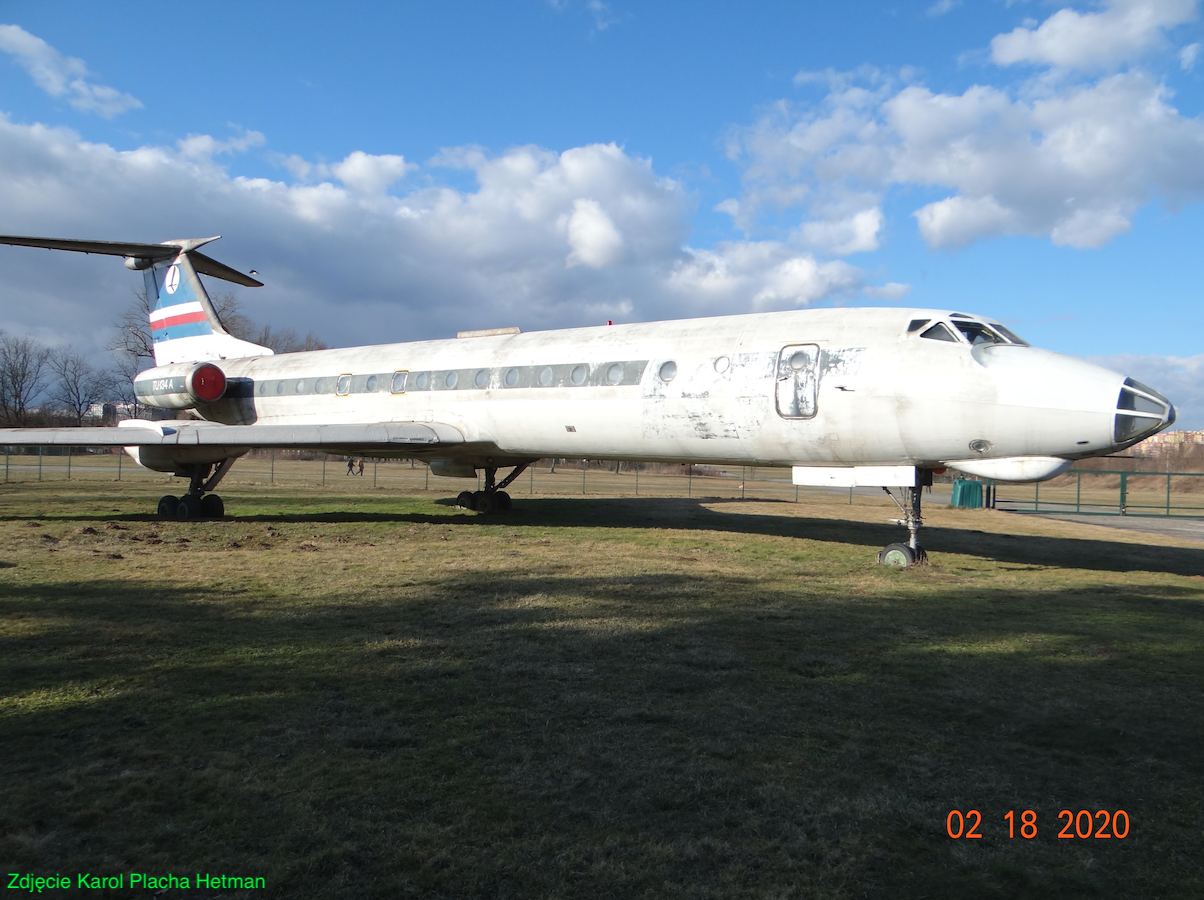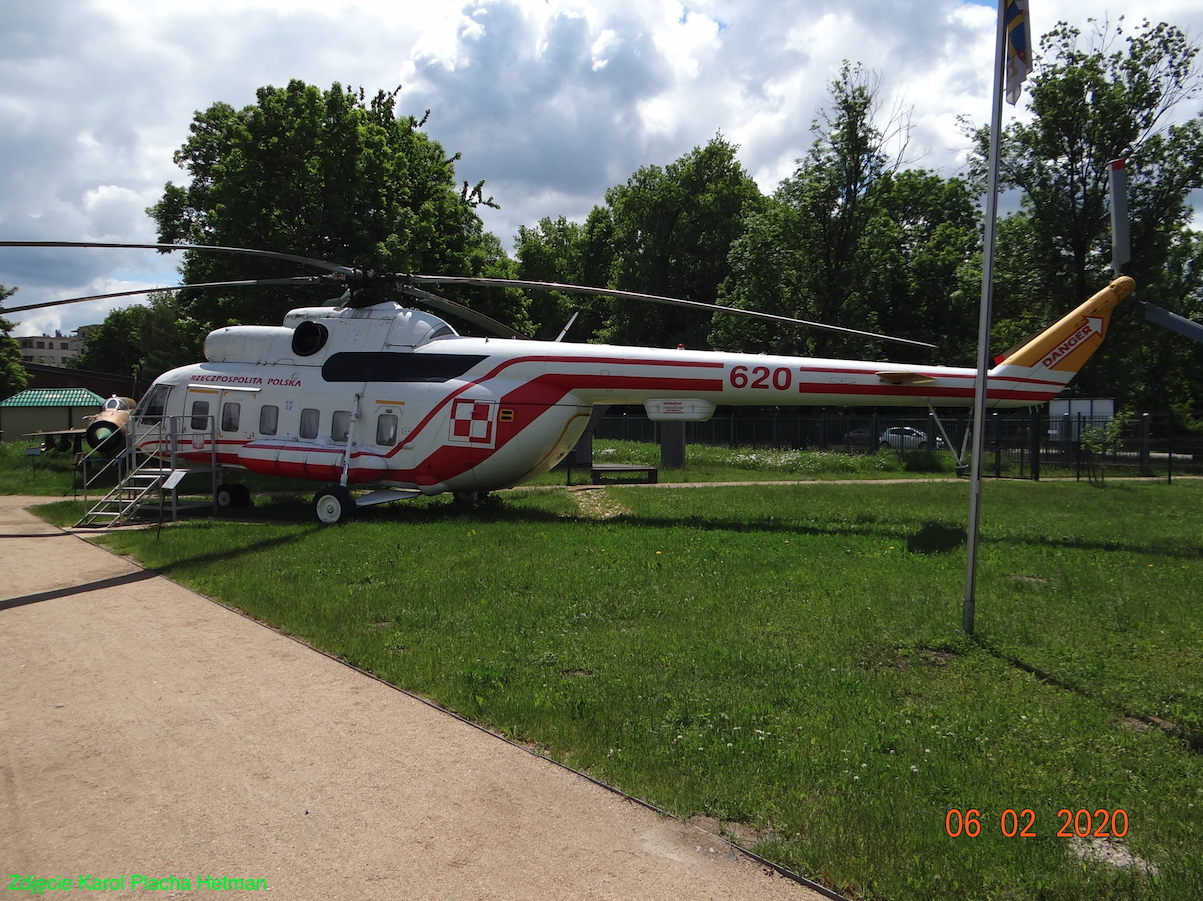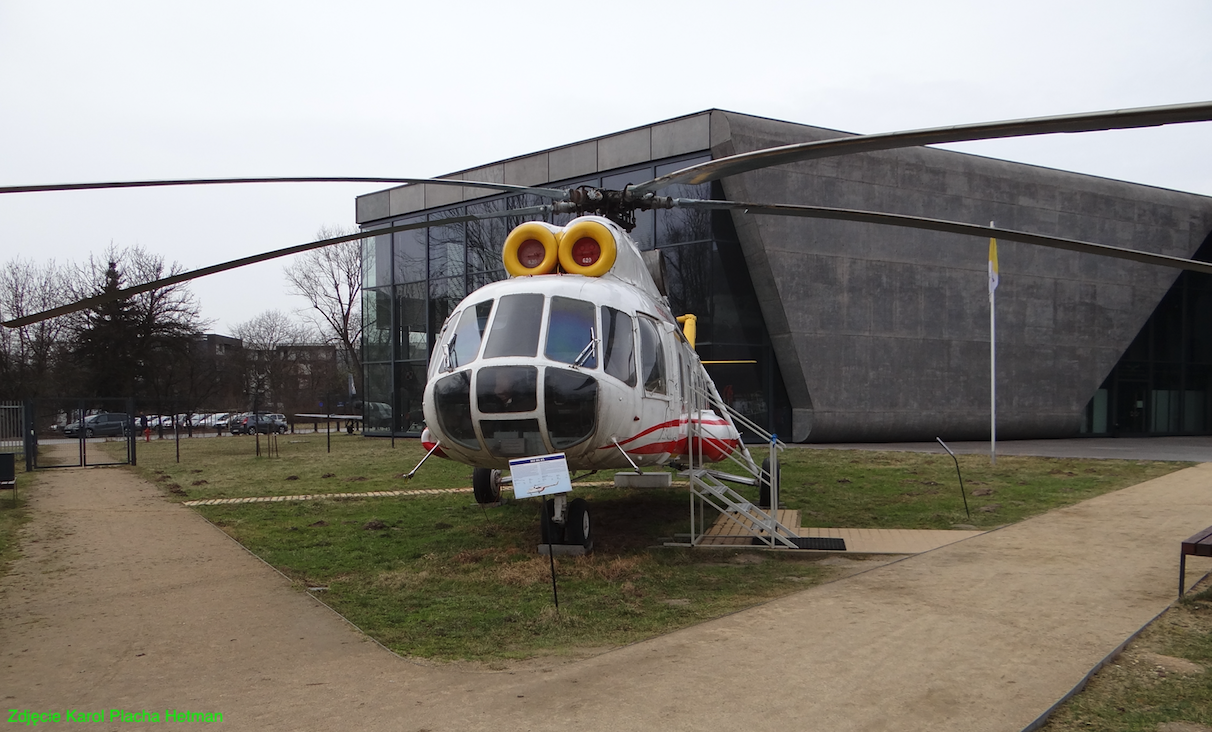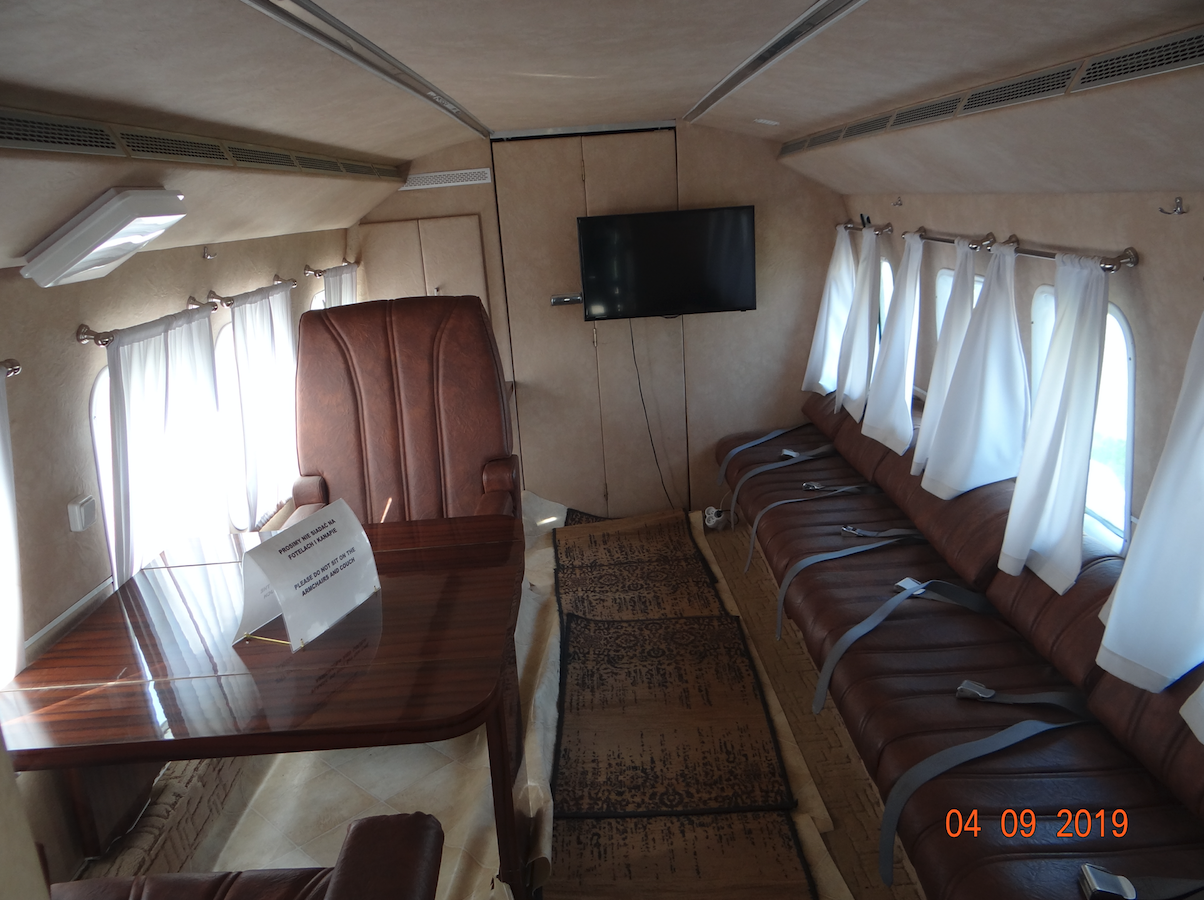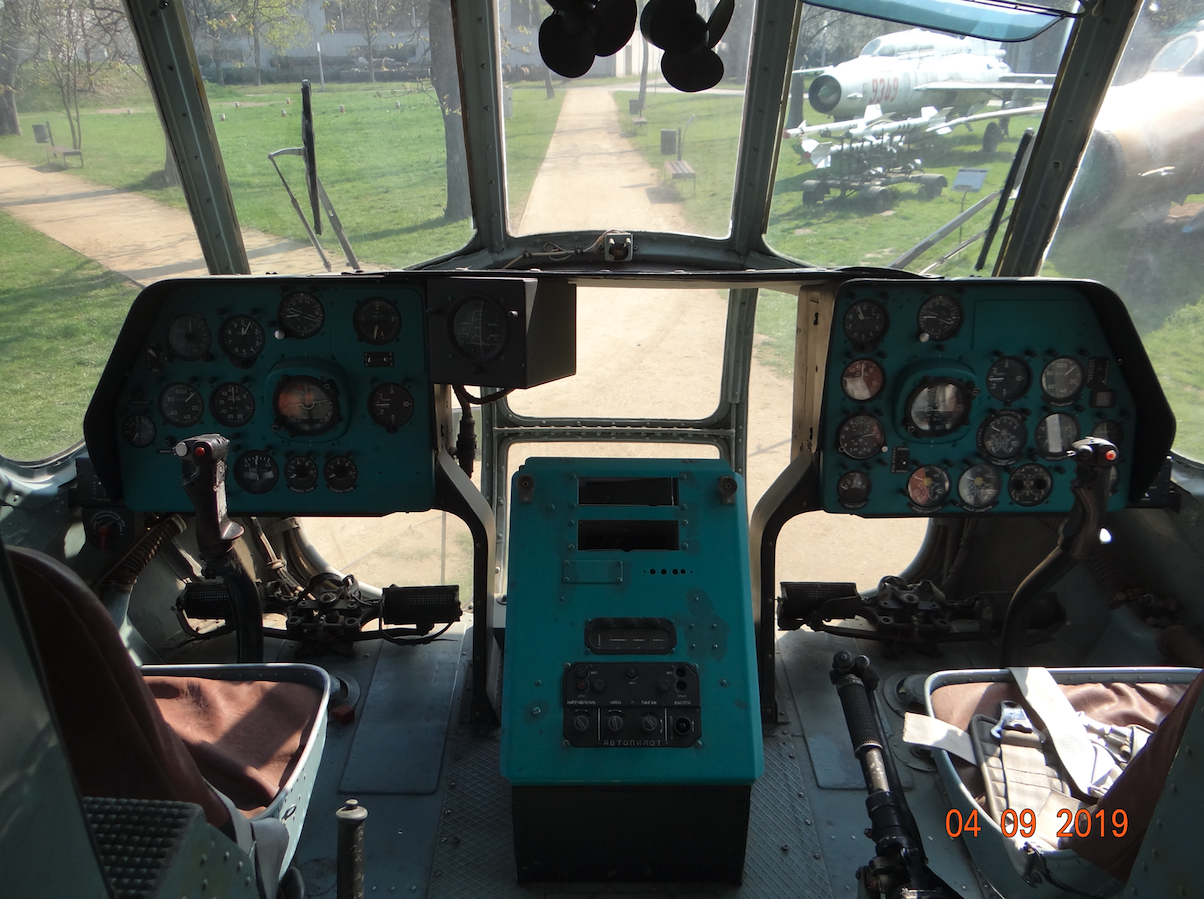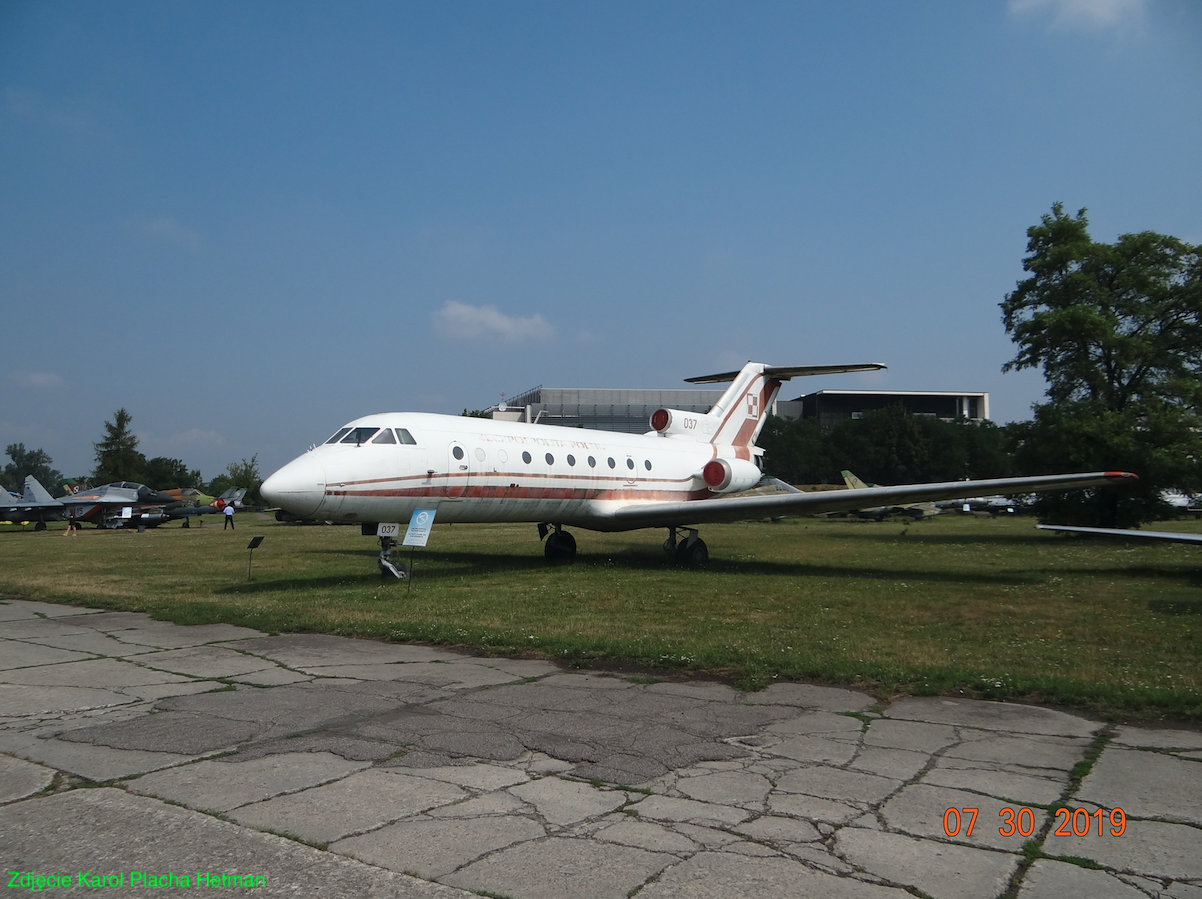Warszawa 2023-03-02
JOHN PAUL II’S PILGRIMAGE TO THE HOMELAND.
The Holy Father John Paul II the Great is the greatest figure of the Polish family. There was not, is not and will not be a greater Slovincian nation. Even non-believers called John Paul II the greatest pilgrim Pope in history. During his pontificate, John Paul II made 104 international pilgrimages. He visited 129 countries on all continents. As the Pope, John Paul II made eight pilgrimages to his homeland. In Italy alone, John Paul II made over 140 apostolic journeys. In total, he traveled over 1.5 million km. John Paul II, living the gospel and love for other people, knowing many languages, easily established contacts with all people.
These pilgrimages would not have been possible if Pope Paul VI, as the first pope, had not boarded a plane, breaking the established pattern that the pope is always at the Vatican. Pope Paul VI, just a few months after the beginning of his pontificate, went on his first trip by plane. On January 4, 1964, he flew to Jordan and Israel, and in December 1964, to India. In October 1965, Pope Paul VI flew to New York.
Thanks to Pope Paul VI, the Heliport was built in the Vatican, although it did not happen until 1976. The Vatican heliport is described on our website.
John Paul II made his first trip to Mexico. It was the first flight in which the Pope had a reclining chair at his disposal. Previously, a folding bed was taken on board, in place of the dismantled seats. The press conferences on board the plane were spontaneous. When John Paul II was flying to Santo Domingo, a passing pope was asked a question by one of the journalists. Security was in consternation, but the Pope responded, and so it began. A certain framework for these conferences has been established. Pope John Paul II and Benedict XVI, in their answers, were very precise and left no doubt. They fit perfectly within the scheduled time of the conference. A Vatican spokesman never intervened.
Papież zawsze zajmuje miejsce w pierwszej salonce po lewej stronie. Obok niego są sekretarze: przy Janie Pawele II był kardynał Stanisław Dziwisz i kardynał Mieczysław Mokrzycki. Przy Benedykcie XVI był ksiądz Georg Ganswein i ksiądz Alfred Xuereb.
Vatican City does not have its own planes. Therefore, during his apostolic journeys, the Pope is transported on board Italian Alitalia planes. The flight with the Pope, as well as with the president and prime minister of Italy, is of a state nature and always with the number AZ4000. The Pope is the last person to board and the first to disembark. Except for the security services, of course. On large planes, most of the passengers who accompany the Pope get off through the back door of the plane. Another rule is that the Pope returns to Italy along the national lines of the host country.
Also, the Vatican does not have its own helicopter. The Popes use Italian Air Force helicopters. Soldiers call these helicopters "Popecopter". Sikorsky SH-3D/TS helicopters have been used for many years. In 2013, the helicopter was changed to Agusta Westland AW139. The helicopter to the Vatican arrives 90 minutes before the scheduled flight.
I pilgrimage to Poland: June 2-10, 1979.
On June 2, 1979, an Italian plane brought a distinguished guest. The Pope visited: Warsaw, Gniezno, Częstochowa, Kraków, Kalwaria Zebrzydowska, Nowy Trag, Wadowice, Oświęcim. Most of the trail in Poland was covered by the Pope on board helicopters of the 36th Special Regiment of Transport Aviation, type Mil Mi-8. On June 10, 1979, the Pope flew from Krakow (Balice Airport) to Rome (Ciampino Airport) on board a PLL LOT Tupolev Tu-134 aircraft. Let us remember that the Pope’s pilgrimage did not take place at the invitation of the authorities of the People’s Republic of Poland, but at the invitation of the Episcopate, even though the dictator, General Wojciech Jaruzelski, welcomed the Pope at the airport.
In 1979, there were four Mil Mi-8 P helicopters involved in the transport of John Paul II, which belonged to the 36th Special Transport Aviation Regiment, based at Okęcie Airport. For this occasion, the helicopters were painted white and had a navy blue "LOT" inscription with a navy blue stripe on the tail boom, which is typically how LOT Polish Airlines planes were painted. In addition, in 1979, the helicopters had a stylized "50LOT" sign, because it was the 50th anniversary of the establishment of PLL LOT. The airmen were military pilots who were dressed in company uniforms. For aviation lovers, it is worth mentioning that the Mi-8 saloon had square windows in the sides, and the transport Mi-8 had round windows. But also Mi-8 transport helicopters were rebuilt into saloons. After the Pope’s pilgrimages, the "LOT" signs were painted over, and the navy blue stripe was extended forward to the engine covers. During subsequent pilgrimages of the Holy Father on white helicopters with a navy blue stripe, Mil Mi-8, the coat of arms of John Paul II was painted. It was only in the 90s that government Mi-8 helicopters were painted in the current White and Red colors.
II pilgrimage to Poland: June 16-23, 1983.
On June 16, 1983, the Pope was brought to Warsaw (Okęcie Airport). The Pope visited: Warsaw, Niepokalanów, Częstochowa, Katowice, Poznań, Wrocław, St. Anne’s Mountain, Kraków. On June 23, 1983, the Pope flew to Rome.
III pilgrimage to Poland: June 8-14, 1987.
The plane with the distinguished guest arrived in Warsaw (Okęcie Airport) on June 8, 1987. The Pope visited: Warsaw, Lublin, Tarnów, Kraków, Szczecin, Gdańsk, Częstochowa, Łódź. Part of the journey around Poland was made by the Pope on board Yakovlev Yak-40 aircraft from the 36th Special Transport Aviation Regiment. The Pope left Warsaw (Okęcie Airport) on June 14, 1987.
IV pilgrimage to Poland: June 1-9 and August 13-20, 1991.
It was a two-part pilgrimage. Some historians number the pilgrimage as IV and V. First, the Pope visited: Koszalin, Rzeszów, Przemyśl, Lubaczów, Kielce, Radom, Łomża, Olsztyn, Włocławek, Płock, Białystok, and Warsaw. In the second part, the Pope visited Krakow, Wadowice and Częstochowa.
V pilgrimage to Poland: May 22, 1995.
It was the shortest, pastoral, non-state visit of the Pope to Poland. The Pope was in Slovakia. In Poland, the Pope visited: Skoczów, Bielsko Biała, Żywiec. The Pope traveled by helicopter.
VI pilgrimage to Poland: May 31 – June 10, 1997.
The Pope began his visit to Poland from Wrocław. Next places: Legnica, Gorzów Wielkopolski, Gniezno, Poznań, Kalisz, Częstochowa, Zakopane, Ludźmierz, Dukla, Krosno, Kraków. On June 10, 1997, the Pope flew to Rome from the Balice airport.
VII pilgrimage to Poland: June 5-17, 1999.
It was the longest pilgrimage to Poland. It lasted 13 days. The Pope visited 22 cities and 3 villages. They were successively: Gdańsk, Pelplin, Elbląg, Licheń, Bydgoszcz, Toruń, Ełk, Wigry, Siedlce, Drohiczyn, Warsaw, Radzymin, Sandomierz, Zamość, Łowicz, Sosnowiec, Kraków, Gliwice, Stary Sącz, Wadowice, Częstochowa. Departure on June 17, 1999, from Balice Airport, by PLL LOT Boeing B-767.
VIII pilgrimage to Poland: August 16-19, 2002.
It was the last pilgrimage of the Holy Father to Poland. During this visit, John Paul II consecrated the Sanctuary of Divine Mercy in Krakow’s Łagiewniki. The Pope also visited Kalwaria Zebrzydowska. Arrival and departure took place from the Balice airport.
In addition to the Tupolev Tu-134 (1979), John Paul II returned from Poland to Italy on the following planes: Iliuszyn Il-62 (1983), Tupolev Tu-154 (1987) and Boeing B-767 (1991, 1997, 1999 and 2002).
Written by Karol Placha Hetman

